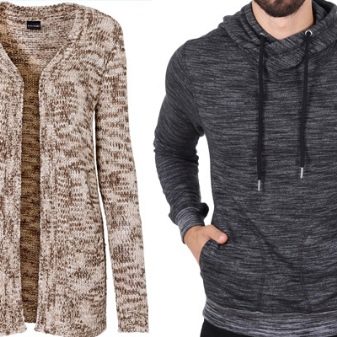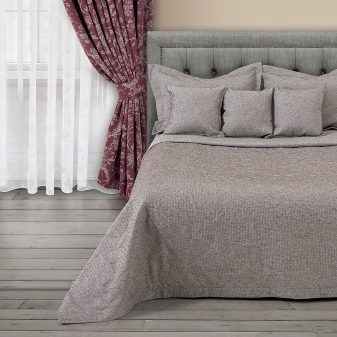What is melange and where is the fabric used?
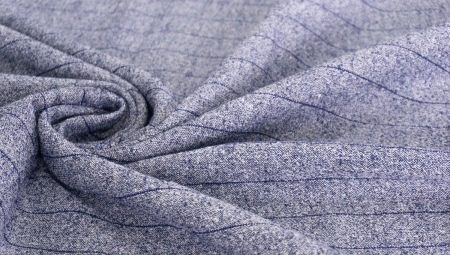
Melange is a type of textile with a long history and a wide range of uses. It was probably seen and worn by everyone, just not knowing the name. Once such a fabric was called motley or harsh linen, appreciated for its low cost and practicality. Melange began to be actively used in the production of knitwear in the 40s of the XX century. Nowadays, the attitude towards melange has changed little. It is still popular in a variety of areas: from sewing uniforms for store employees to designing sports uniforms and interior textiles.
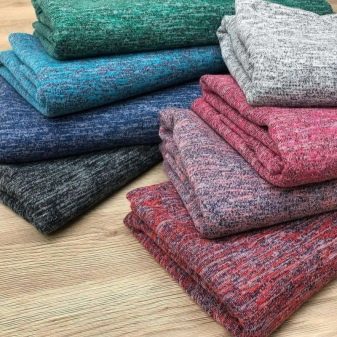

What it is?
Melange is a fabric for the production of which melange yarn was used. And it doesn't matter what it was: single-strand or twisted. A distinctive feature of such yarn is the fibers dyed in different colors. The colors used for painting can be close to each other or contrasting.
What distinguishes mélange fabric from multicolored fabric is that its appearance can change depending on lighting, distance. The density of most melange fabrics is in the region of 320 g / m2, but it can vary significantly depending on what material is underlying.
Due to the irregularities that appear due to the specifics of the production technology, mélange fabrics turn out to be very pleasant to the touch.
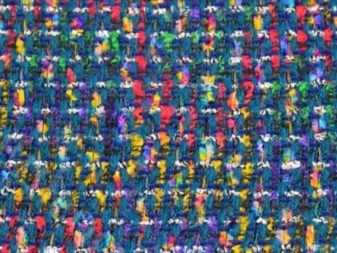
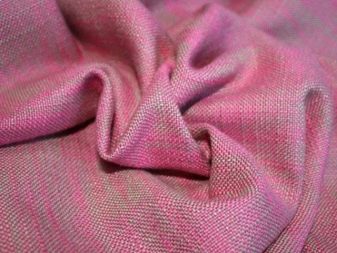
Features of production
There is no general principle for the manufacture of melange fabrics. The specifics will depend on the type of web and the manufacturer's methods.
The following are used as raw materials for melange fabrics:
- natural wool, including angora;
- cotton;
- linen;
- various synthetic fibers (nylon, lavsan, etc.).
Combinations of natural and artificial fibers can be used.
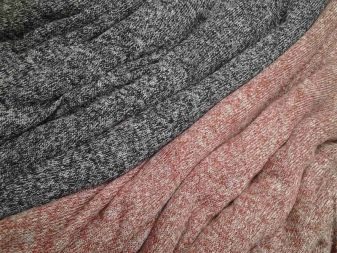
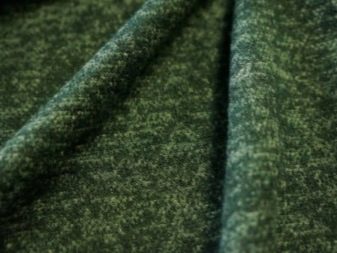
Features of the manufacture of melange fabrics:
- the finishing of the woolen melange does not differ from other woolen fabrics;
- fibers for melange undergo thorough cleaning, shearing and processing of the pile;
- cotton is not bleached in the manufacture of melange fabrics - this can adversely affect the dyeing of the material.
Against the general background, Italian woolen melange, suitable for sewing dresses and suits, is distinguished by its quality, nobility of colors. YarnArt Turkish melange yarn can be recognized by bright and contrasting combinations, as well as by delicate Angora melange yarn, mainly in pastel colors. Russian mélange knitwear from MirTex impresses with a wide range of color variations.
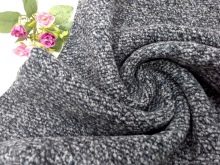
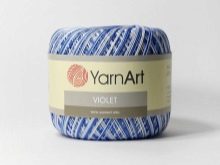
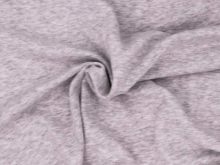
Description of species
By its structure, melange is subdivided into:
- unmixed - fibers of the same type are used to create threads: gray wool + white wool, black cotton + red cotton, etc.;
- mixed - fibers differ not only in color, but also in type: pink cotton + beige polyester, for example.

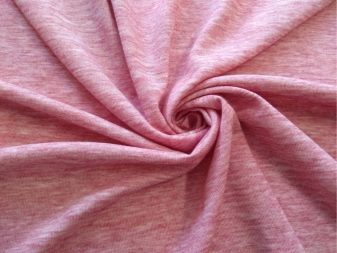
There are several of the most common types of melange fabrics.
- Angora melange is a soft, warm material based on goat down. Used in the manufacture of sweaters, winter accessories. Delicate angora combined with melange colors is an indispensable item for the cold season. The main thing is to take care of her correctly. This is a very finicky material.
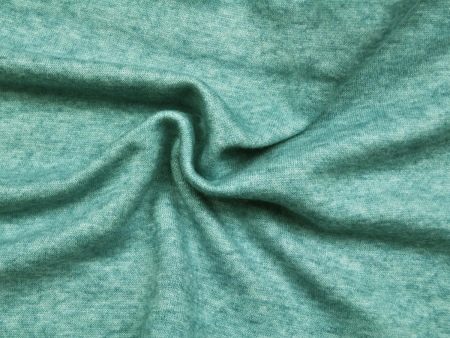
- Boucle - melange fabric of a very pleasant, original texture, obtained by interweaving threads of different thicknesses. Bulky, wrinkle-free, performed mainly in bright colors.
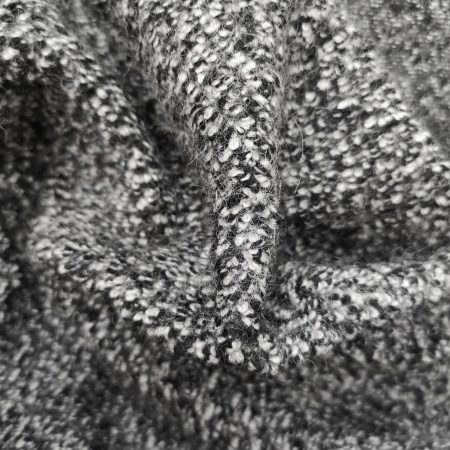
- Gabardine melange - very dense fabric with a small pattern. Jackets are made from it.
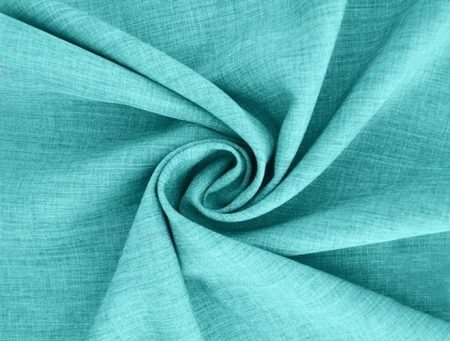
- Diagonal is a material often used in the production of uniforms with a diagonal rib. Refers to especially durable. Created by twill weaving. The warp and weft are moved one step and intertwined. Legendary trousers breeches were originally sewn from the diagonal.
Another nice feature of the fabric is its low price.
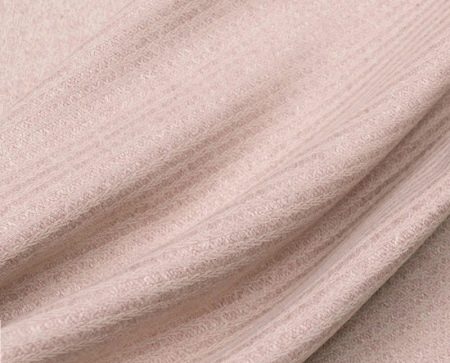
- Drap-melange - thick variegated woolen fabric used for the production of outerwear. The drape is characterized by a small gap between the fibers, which appears due to the peculiarities of the production of the fabric - the threads are felted for it.
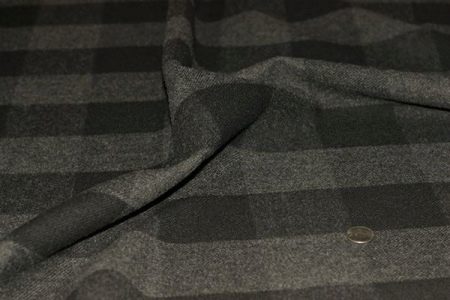
- Covercot - another fabric for outerwear. A distinctive feature of the canvas is a rib. Dense material, heavy, but very pleasant to the touch. Wrinkle-free, durable. The most popular colors are beige-brown, gray-blue.
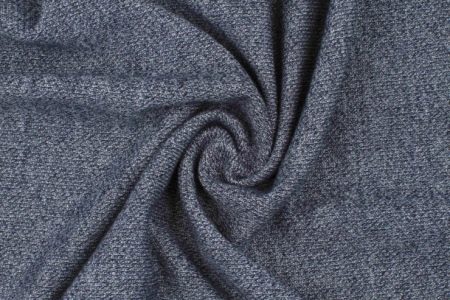
- Kulirka karde is a thin cotton melange. Common in the production of pajamas and children's clothes. Weaving is usually cross knitted. Stretches very well in width. Density - 115-185 g / m2. Serves for a long time, despite the subtlety. Prone to shrinkage.
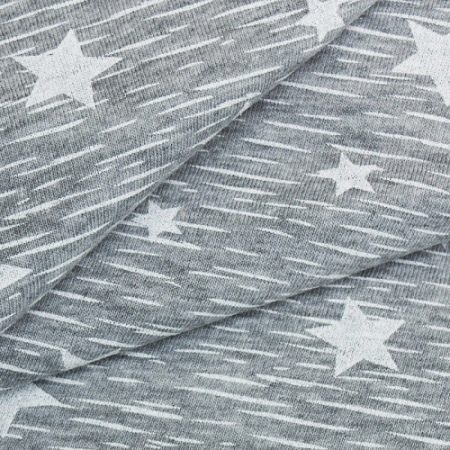
- Marengo is a black or dark brown wool cloth with white splashes. Now the same term is called dark gray fabric. Material - wool. Used for sewing curtains, coats and suits.
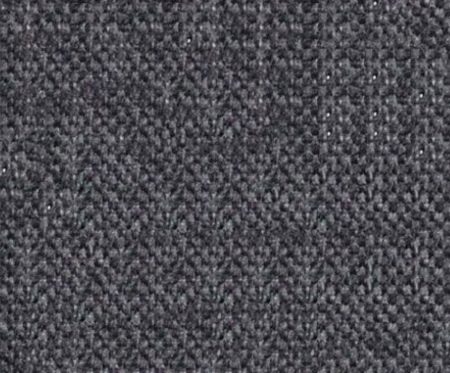
- Soft melange - linen fabric with a slight sheen. Curtains are sewn from it.
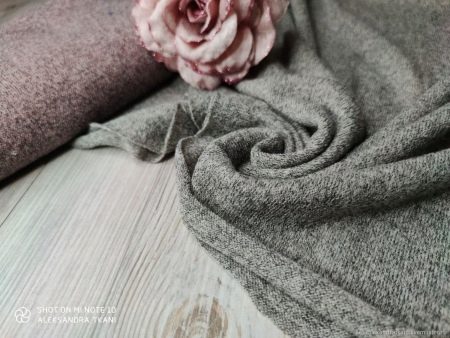
- Cloth-melange, it is also - "suit fabric". Woolen raw materials, often with additives. Relatively thin melange with noticeable pile.
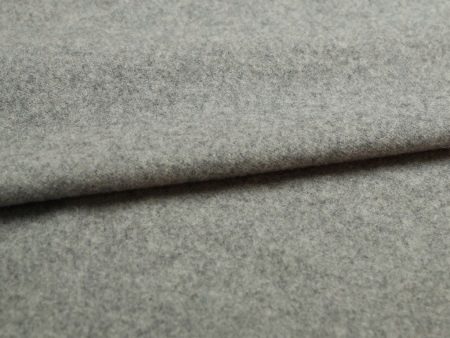
- Tricot - dense melange material. A very popular variety for trousers and curtains. The pattern is often longitudinal.
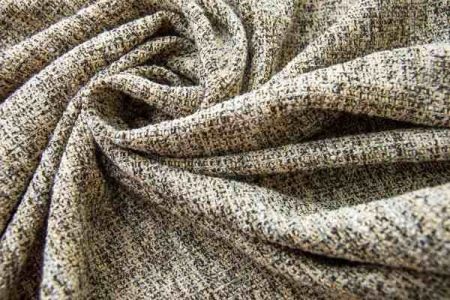
- Cheviot is a mixture of wool and cotton threads. Often used for costumes. Popular in the field of making school uniforms. Very thick fabric - about 300 g / m2. Warm, but rather heavy. The color spectrum is dark in most cases.
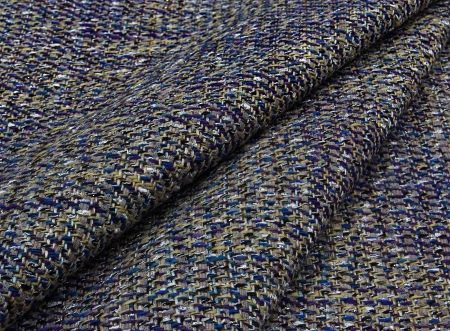
- Footer - thin melange, which is easy to identify by the fleece on the inside. Reversible fabric with a smooth top and a fleecy back. Very gentle and delicate. They sew from it casual, sportswear, often - autumn and winter dresses. Density - 170-350 g / m2.
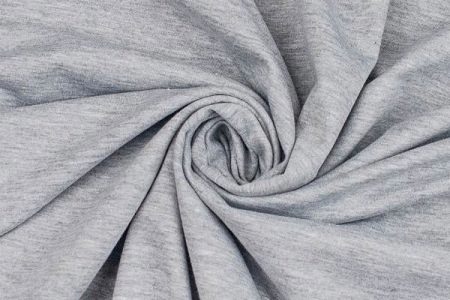
And this is by no means a complete list. After all, melange is not a specific fabric, but a type of material. Its variations (from different yarns, in different colors, with different weaving) - a lot.
Woolen melange fabrics are in the greatest demand, although mixed, cotton options are much more practical.
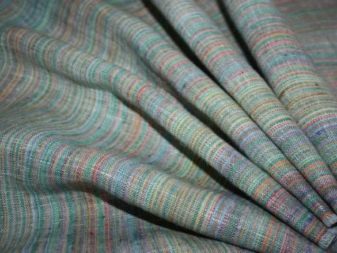
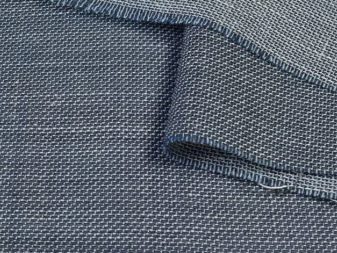
According to the color scheme, melange is of two types.
- Motley. Monochromatic - when viewed from afar - fabric. Close up, a small, grainy pattern, usually of a contrasting color, becomes clearly visible on it.
- Heterogeneous (gradient). Colors on a similar fabric smoothly flow into each other.

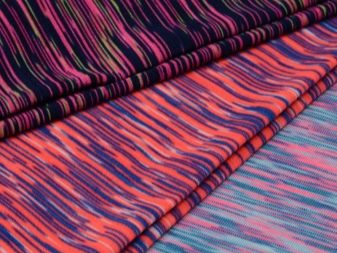
The very specificity of melange makes it necessary to pay special attention to color. The most common variety is gray with dark streaks. This material is practical and versatile. Depending on the basis of the melange fabric, it will look good both in the form of a jacket and in the form of a sports sweatshirt or hoodie. And, of course, you can find T-shirts made of gray melange everywhere. Due to its versatility, this color is called the most successful version of gray. This fabric is open to creating combinations with other colors: coral, pink, black, light green, etc. It is also popular with furniture designers. The second most common melange used in interior decoration is beige.
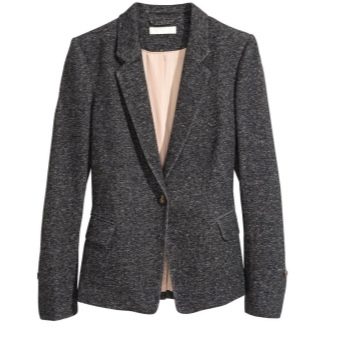
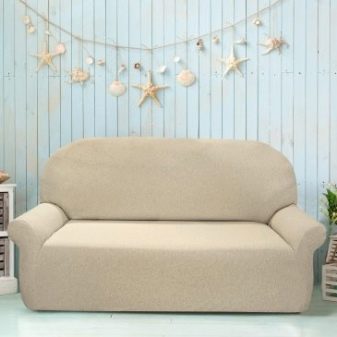
Combinations based on such threads are very diverse (depending on the second color). The "partner" here can be both fuchsia and peach. These will be fabrics with completely different moods and purposes.
Dark gray melange interspersed with light threads looks much less casual, especially since it is often combined with lurex. Light melange dilutes bright tones, softens them, makes them less aggressive, especially when it comes to shades of red.
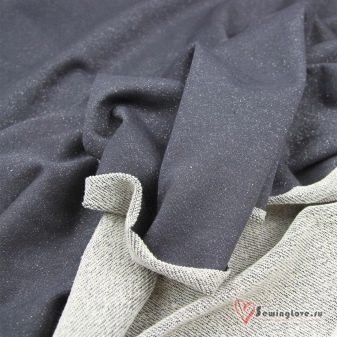
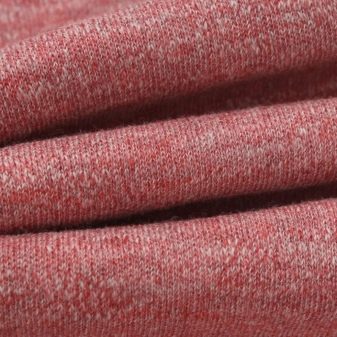
The most common color combinations for mélange fabrics are:
- gray / white;
- light gray / dark gray;
- GREY-black;
- gray / pink;
- beige / white;
- beige / brown;
- beige / pink;
- pink / white;
- mustard / beige;
- green / light green;
- light green / orange;
- blue / blue;
- blue / purple;
- blue / brown;
- lilac / pink;
- yellow / pink;
- red / pink.
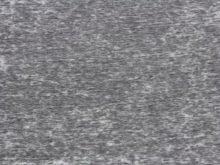
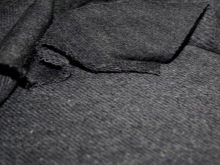
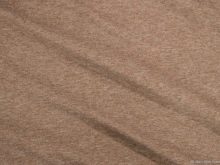
Application
Melange is suitable for:
- sports uniform;
- children's clothing;
- home jersey;
- t-shirts;
- everyday things;
- suits;
- accessories;
- outerwear.
In addition, melange is a popular type of fabric for upholstery, home textiles, and decorative items and toys.
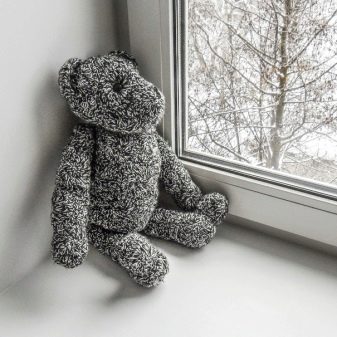
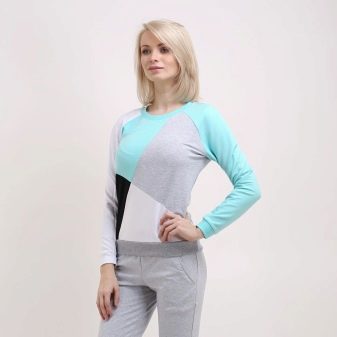
The fabric looks organically in vintage, casual, boho, ethno style looks. Melange yarn is appreciated by needlewomen. It allows you to give even the most basic product a unique appearance without much difficulty. By the way, using melange, you should not experiment with the style. The yarn itself is already an accent.
Someone buys ready-made balls, others create such threads themselves, combining options of suitable colors with each other. There is one trick here - it is better to add old, uneven yarn from loose things to the new fibers. Such a canvas will look more spectacular. You can combine threads of different thicknesses, textures, the main thing is how they should be twisted, folded or intertwined. An ordinary spindle can help here.
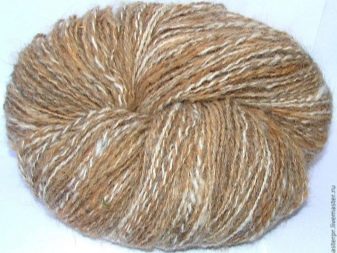
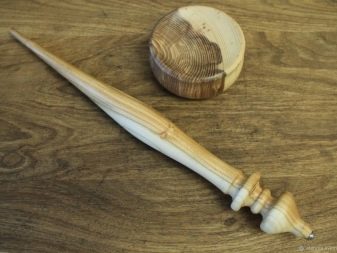
When it comes to knitting melange, one should not forget about the proportions of colors. If the thread is 70% blue and 30% black, the result will be blue melange. And, accordingly, vice versa.
In knitting with such a thread, smooth transitions are important, which depends on:
- the number of fibers in the thread;
- number of rows;
- contrast of the selected colors.
By the way, elements connected in this way are excellent details for objects using the patchwork technique. It is enough to replace one fiber in the thread in the neighboring squares, and a very interesting effect will come out.
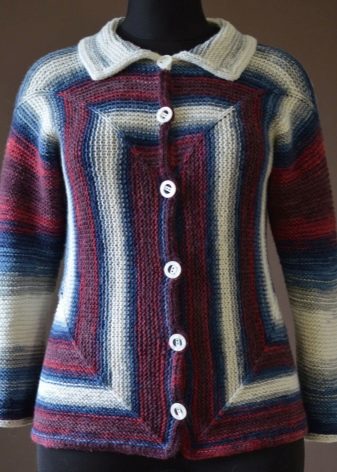
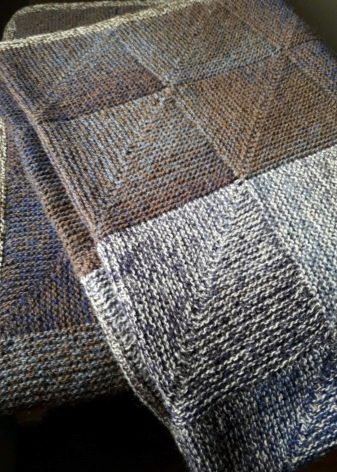
Melange is a frequent visitor to fashion shows. Cardigans made of it have always been loved by the MaxMara brand. In the collections of Marc Jacobs, you can often see sweaters made of melange wool. Russian designer Igor Gulyaev is a big fan of muted gray melange. Again, Burberry's gray mélange coat for men tried to copy, probably everything.Svetlana Beveza, Louis Vuitton, Galiano, Sonya Rykiel, Karl Lagerfeld, Puma, Nike ... But what is there - almost no collection of the Chanel fashion house can do without melange.
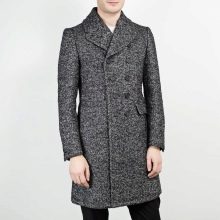
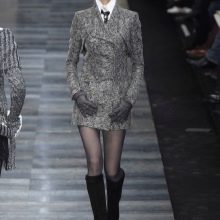
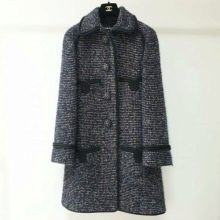
Care rules
If you decide to get things made of mélange fabric, then you should understand in advance what kind of treatment they will require. Caring for melange fabrics directly depends on their composition. However, there are a number of general recommendations.
Washing and drying
Let's start with the washing rules:
- machine wash is possible if the material is not particularly delicate;
- washing modes - "Delicate" or "Wool";
- the use of bleaches is strictly prohibited;
- the recommended temperature is no more than 40 ° C.
As for drying - everything is simpler here. Regarding the machine - you need to follow the instructions on the tag of a specific item, usually the time is 10 minutes.
The general advice is one - do not dry the melange in the sun: it can burn out.
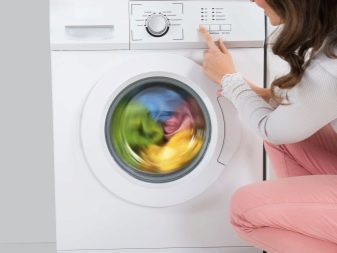
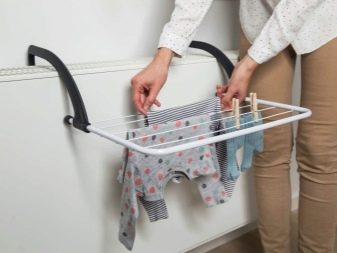
Ironing
Melange products can only be ironed from the inside out. Ideally, with gauze. The use of steamers is acceptable.
Melange is a non-standard, incredibly interesting type of fabric. The variety of colors and textures makes it versatile. It is not surprising that the range of applications for mélange fabrics is so wide: from furniture upholstery to children's pajamas. If you are interested in fabrics of unusual colors, then working with melange is definitely worth it, especially since choosing the right fabric among its types is as easy as shelling pears.
If melange interests you as a type of yarn for knitting, start first with ready-made samples, where the fibers have already been selected by professionals, and then - boldly proceed to creating your own combinations, having previously familiarized yourself with the color wheel, having figured out what and what to combine with.
Choose carefully, and melange fabrics will become an integral part of your wardrobe and interior.
